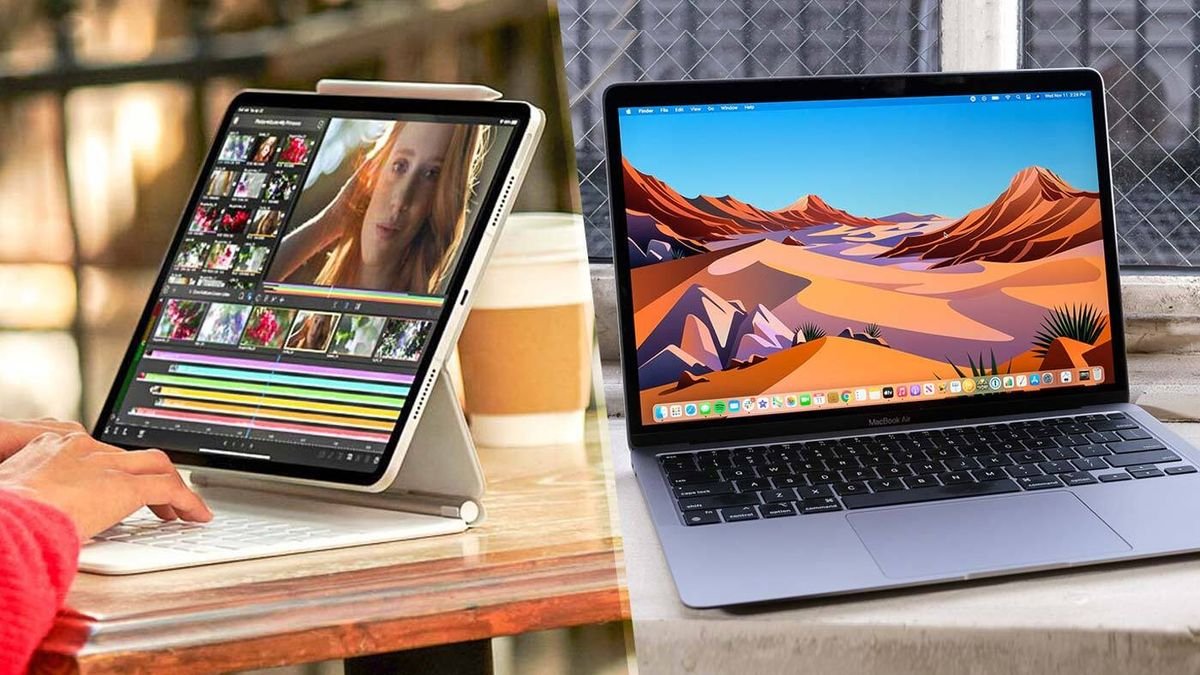Apple’s Worldwide Developers Conference (WWDC) is always a showcase of cutting-edge technology and innovation, and the 2024 edition was no exception. One of the standout announcements this year was Apple’s significant advancements in artificial intelligence (AI) and machine learning (ML). However, to fully leverage these new capabilities, developers and users will need an M1 Mac or iPad. This article delves into the details of Apple’s AI and ML enhancements and why the M1 chip is essential for these new features.
The Power of the M1 Chip
Apple’s transition to its silicon with the M1 chip has been a game-changer for the company. Introduced in late 2020, the M1 chip represents a significant leap in performance and efficiency over its Intel predecessors. It integrates the CPU, GPU, Neural Engine, I/O, and other components into a single system on a chip (SoC), which allows for better performance and power efficiency.
The M1 chip includes a dedicated 16-core Neural Engine capable of executing 11 trillion operations per second, which is pivotal for AI and ML tasks. This Neural Engine is designed to accelerate machine learning tasks, making it possible to perform complex computations and run sophisticated AI models directly on the device.
AI and ML Advancements at WWDC 2024
At WWDC 2024, Apple showcased several AI and ML advancements that highlight the capabilities of the M1 chip. These advancements span across various applications and developer tools, offering a glimpse into the future of intelligent computing.
Enhanced Siri and On-Device Processing
One of the key highlights was the enhanced Siri, which now boasts improved on-device processing. With the M1 chip, Siri can handle more complex queries and perform tasks faster than ever before. The increased processing power and efficiency of the M1 chip allow Siri to process voice commands, translate languages, and understand context with greater accuracy, all while maintaining user privacy by performing these tasks on-device.
Advanced Photo and Video Editing
Apple also introduced advanced photo and video editing capabilities that leverage AI and ML. Applications like Final Cut Pro and Adobe Photoshop now use the M1 chip’s Neural Engine to enhance image recognition, automate editing tasks, and improve the overall quality of media content. These enhancements enable professional photographers and videographers to work more efficiently, with tools that can identify objects, remove backgrounds, and enhance images in real-time.
Machine Learning in Development
For developers, WWDC 2024 offered new and improved tools for incorporating AI and ML into their applications. Core ML, Apple’s machine learning framework, has been optimized for the M1 chip. This allows developers to build apps that can leverage the full power of the Neural Engine, resulting in faster and more efficient ML models. Additionally, new APIs and updates to Swift, Apple’s programming language, make it easier for developers to integrate ML capabilities into their apps.
Augmented Reality and Vision Pro
Apple’s Vision Pro augmented reality headset, introduced at WWDC 2024, is another area where AI and ML play a crucial role. Powered by the M1 chip, Vision Pro offers immersive AR experiences that require real-time processing of visual data. The headset uses AI to map the environment, recognize objects, and interact with virtual elements seamlessly. This opens up new possibilities for gaming, education, and professional applications, where real-time data processing and intelligent interactions are essential.
Why the M1 Chip is Essential
The advancements showcased at WWDC 2024 underscore why the M1 chip is essential for fully utilizing Apple’s latest AI and ML capabilities. Here are several reasons why the M1 chip is pivotal:
Performance and Efficiency
The M1 chip’s architecture, which combines CPU, GPU, and Neural Engine in a unified system, delivers unmatched performance and efficiency. This integration allows for seamless execution of complex AI tasks without the need for external processing power, making it possible to run sophisticated ML models directly on the device. The result is faster and more responsive applications, reduced latency, and improved battery life.
On-Device Processing and Privacy
One of Apple’s core principles is user privacy. By performing AI and ML tasks on-device, the M1 chip ensures that sensitive data remains secure and private. On-device processing also reduces dependency on cloud services, which can be slower and less secure. This is particularly important for applications that handle personal information, such as health and fitness apps, where user data must be protected.
Developer Flexibility
The M1 chip provides developers with the tools and power needed to innovate and create cutting-edge applications. With optimized frameworks like Core ML and the enhanced capabilities of Swift, developers can build apps that take full advantage of AI and ML without compromising on performance. This flexibility allows for the creation of a new generation of intelligent applications that can offer personalized and context-aware experiences.
Future-Proofing
As AI and ML continue to evolve, having the right hardware to support these advancements is crucial. The M1 chip not only meets the current demands of AI and ML but is also designed to handle future developments. This future-proofing ensures that devices equipped with the M1 chip will remain relevant and capable as new AI technologies emerge.
Conclusion
WWDC 2024 highlighted Apple’s commitment to pushing the boundaries of technology with significant advancements in AI and ML. The M1 chip stands at the center of these innovations, providing the performance, efficiency, and on-device processing capabilities needed to fully realize the potential of AI. Whether it’s enhancing Siri, improving photo and video editing, or enabling immersive augmented reality experiences, the M1 chip is essential for developers and users who want to take full advantage of Apple’s latest technological breakthroughs. As AI continues to shape the future of computing, having an M1 Mac or iPad will be indispensable for those looking to stay at the forefront of innovation.


